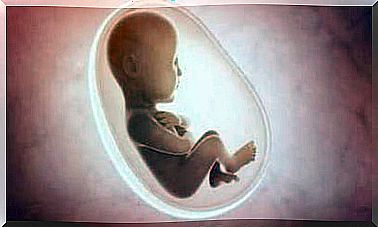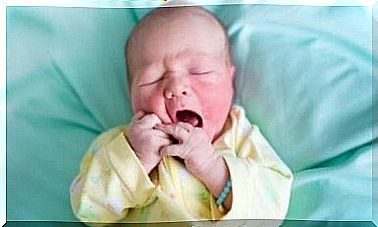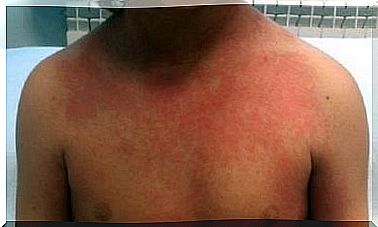Childhood Intestinal Malabsorption Syndrome – Parenthood
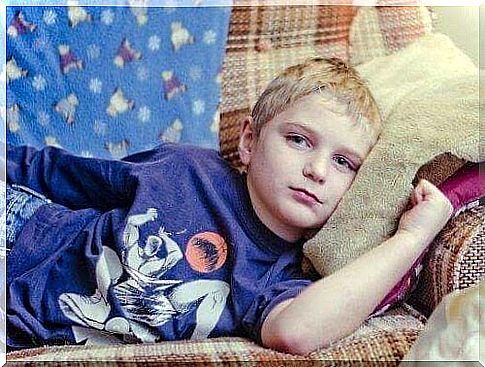
We speak of infantile intestinal malabsorption when the intestinal wall fails to capture nutrients from food during digestion. Infant intestinal malabsorption syndrome can cause chronic diarrhea, anemia, malnutrition.
It can also be associated with Crohn’s disease, intestinal parasites or gluten intolerance, among others.
Intestinal malabsorption syndrome can cause serious problems. It is essential to treat this pathology as soon as possible to prevent the situation from worsening. It starts with the appropriate clinical tests first.
Clinical signs to assess the causes of infantile intestinal malabsorption syndrome require medical and surgical history information. It may be suffering due to a disease of the intestinal wall, with previous manifestations or a more serious problem.
In all cases, clinical examinations must be carried out to analyze the situation and be able to make an appropriate diagnosis. Here are some rules to follow.
Characteristics of digestion
Digestion is responsible for turning nutrients from food into small particles that will go into the blood stream through the intestinal walls. From there, every cell in the body will receive the elements necessary for its proper functioning.
In the case of infant intestinal malabsorption syndrome, these nutrients will be ejected through the stool. Certainly, a transient virus can cause diarrhea and intestinal malabsorption.
However, when it comes to syndrome, the problem is quite different. This is why in the presence of prolonged diarrhea, it is essential to consult the pediatrician.

Symptoms of infantile intestinal malabsorption syndrome
Two of the most obvious symptoms are abdominal pain and loose, heavy stools and a strong odor.
If the problem is not treated, the child – in the medium to long term – will be prone to infections, fractures and weakened skin. This is due to the fact that the body’s defenses will be significantly reduced.
Infant intestinal malabsorption syndrome also generates mood swings in children. It is well understood that in the presence of a prolonged malaise, the child is irritable, listless, weakened and drowsy.
However, it should be noted that serious symptoms do not appear after two or three days. Urgent clinical examinations should be performed after a week or ten days if the stools continue to be loose and abdominal pain persists.
Diagnosis and treatment for infantile intestinal malabsorption syndrome
Determining the causes of intestinal malabsorption is usually a difficult process for parents and children. In some cases, an intestinal biopsy must be done to rule out diseases of the small intestine.
It is thus possible to confirm intestinal lesions caused by bacteria without being able to fully decipher the patterns. In all cases, the pediatrician will ask for a stool culture. We can thus assess the presence of fat in the stool.
Different exams
We can also perform the Schilling test. This focuses on the malabsorption of vitamin B12. A breath test can also be done to determine if the problem is intolerance to milk protein (lactose).
The examinations will continue until the causes of the intestinal malabsorption are established as precisely as possible. The “sweat test”, for example, determines whether the child has cystic fibrosis. This would lead to the shortage of a group of enzymes necessary for good digestion.
In severe cases of malnutrition, the child must be hospitalized so that all the corresponding analyzes can be carried out immediately.
As long as the causes are ignored, the diet of the child must be strict. The pediatrician will determine whether or not dairy products should be suspended or what foods he can consume so as not to worsen the symptom of loose stools.
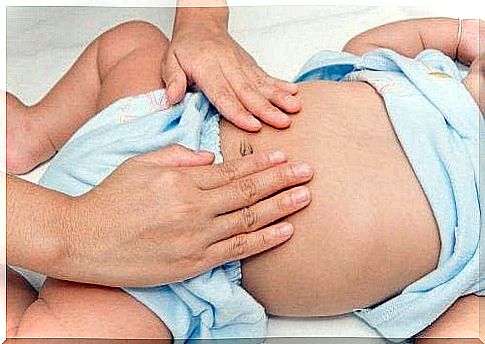
Effective treatment
When the pediatrician determines what is causing the intestinal malabsorption, he or she may prescribe treatment. What are the results of the medical examinations in a case of infantile malabsorption syndrome?
The simplest would be the presence of bacteria on the intestinal walls. We treat this with antibiotics and we can see an improvement in a few days.
One of the other possible causes is an overactive bowel. The pediatrician will prescribe medication to counteract this excessive bowel activity. This will allow food to be processed correctly and nutrients well absorbed.
In conclusion, infantile malabsorption syndrome can prove to be a complication if its origin is not detected in time and if it does not receive adequate treatment. In cases where the origin cannot be identified, the way to avoid malnutrition is to follow a diet with foods that are easy to absorb.

